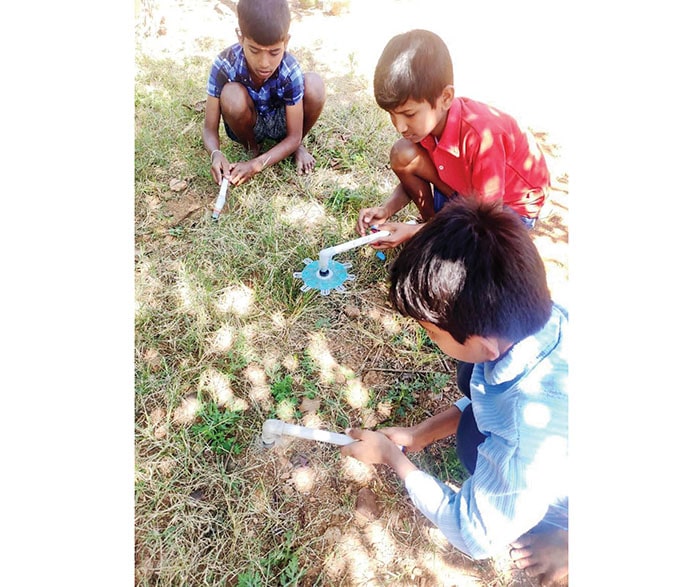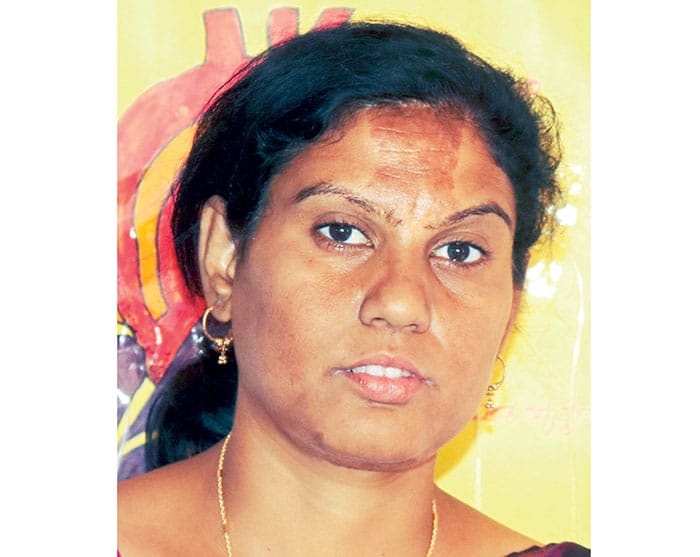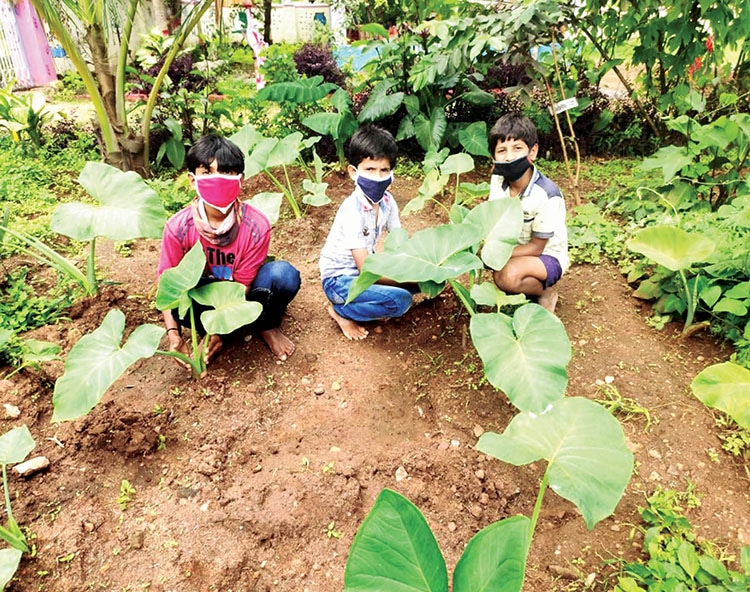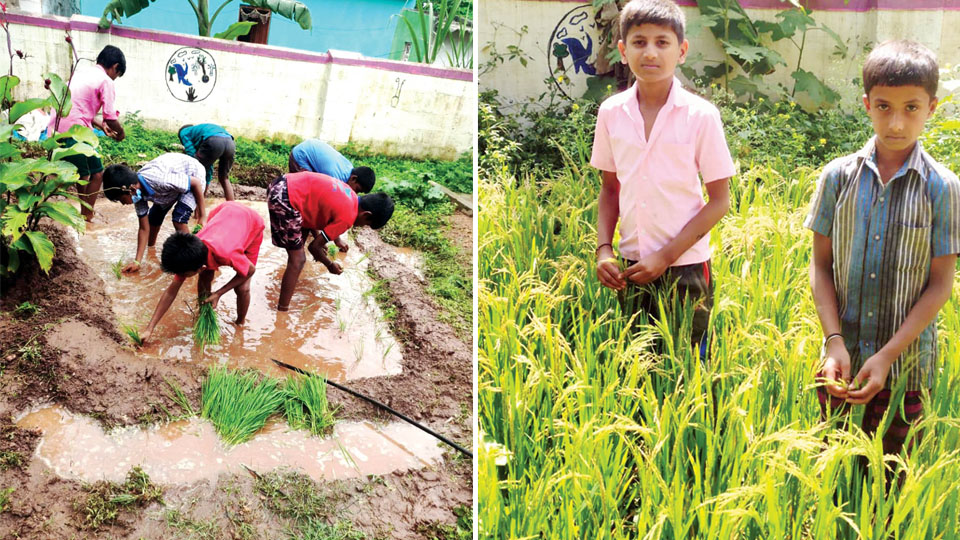- An eco-friendly initiative by Devagalli Govt. School in Hunsur
- Paddy field, vegetable garden turn into classroom
The fact that hundreds of rural students travel to towns and cities to attend Private Schools shows that there are not many takers for Government Schools despite successive Governments launching schemes like mid-day meal, free uniform and books.
However, we can see a few striving to provide quality education to rural children by enhancing the infrastructure and facilities of Government Schools. One such initiative has helped Government Higher Primary School at remote Devagalli village in Hunsur taluk that has made a difference through its eco-friendly initiatives.
Students of this School take part in various initiatives like growing vegetables including onions and potato, millets and even the traditional Rajamudi rice, a red rice variety. They are growing what is required for their mid-day meal in the School. Medicinal plants like ginger, garlic, lemon, aloevera are also grown.

Rajamudi rice and millets
Incidentally, the Rajamudi rice is the favourite variety of rice consumed by the Wadiyars and of late, the cultivation of this rare variety has shrunk as farmers have switched to other varieties. Apart from cultivating and popularising Rajamudi rice, students grow millet varieties such as foxtail, kodo and barnyard.
Notably, students are also proficient in making drones and other farmer-friendly agriculture implements that are not labour intensive like grass cutting machine. The School is situated at Bilikere Hobli and is located at the remote border of Hunsur taluk. It has 10 guntas of land and an onlooker can see neatly laid out fields, vegetable plots and water supply pathways.

Science teacher a motivator
The inspiration or rather motivation for the students to indulge in such fruitful extra-curricular activities is Science teacher G.R. Shashikala. She introduced the concept of kitchen garden as part of her project at the District Institute for Education and Training (DIET) in Mysuru.
To grow paddy (Rajamudi rice) the students till the land and do all activities including sowing, transplanting and the final harvesting after which rice is produced for their consumption. They use drip irrigation to grow vegetables and do not use any pesticide. Manure is predominantly obtained naturally from cow dung and vermicomposting using vegetable waste and leaves.
Veg gardens at home too
For the task, the students are divided into different teams like ‘Shakthi’ and ‘Shrama’ — while Shakthi is power, Shrama is effort. Before the classes commence, students work in the garden. They even do it in the evening. “Seeing vegetable
harvest in School, many children have voluntarily started growing vegetables at their homes. This has considerably reduced the family expenditure on vegetables,” Shashikala told Star of Mysore.
The School has tied up with Mysuru-based Nisarga Trust for the cultivation of millets. “It is an end-to-end process. Seeds are sown, plants are grown, vegetables are harvested and the seeds are preserved for next year. All these are done by students with a little guidance and support from us,” she said. For this initiative, the School has bagged the district-level ‘Parisara Mitra Shaale’ Award, she added.

Public exposure
Apart from motivating students towards agriculture, the School also organises ‘Siridhanya Mela’ (millet expo) where students exhibit a variety of seeds and crops to the public. This enables the School to popularise the millets which are healthy and such events also provide students with an opportunity to interact with local farmers and subject experts.
Notably, the School has adopted rainwater harvesting technology and there are two rainwater harvesting pits in the garden and a tank. The School Development and Monitoring Committee (SDMC) and villagers actively support the students in all activities. “The entire village supports the children and we are happy to know that our children are going back to the roots instead of adopting western culture,” says Thyagaraje Urs, SDMC President.








What a superb initiative by these students encouraged by their science teacher. Hope this can be emulated by other schools also.